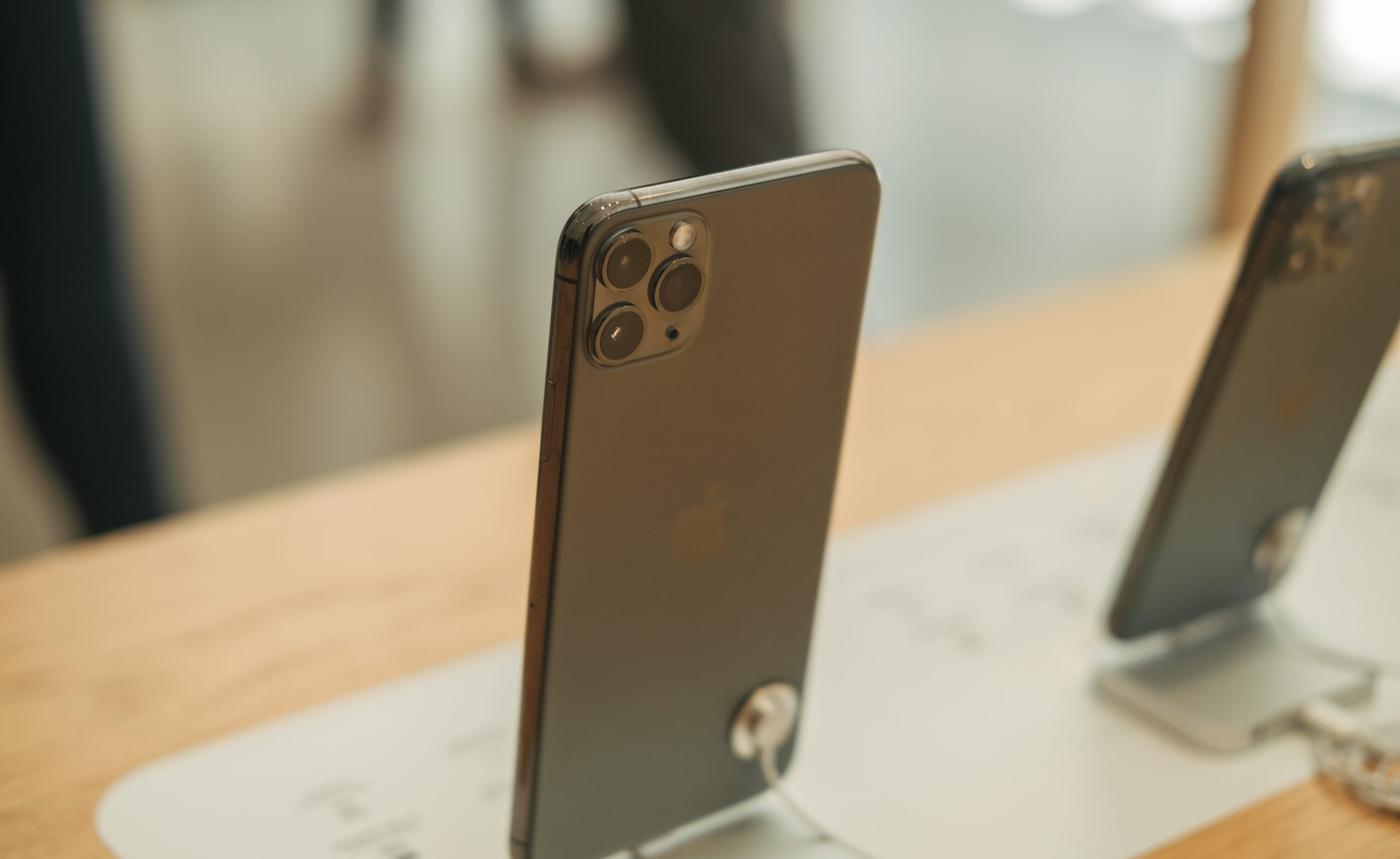Apple Inc., the iconic technology company that has revolutionized the tech industry, is known for its groundbreaking innovations and trailblazing products. From the first Macintosh computer to the game-changing iPhone, Apple has left an indelible mark on the world of technology.

But amidst its success and fame, a question arises: Who owns Apple’s original ideas and intellectual property? In this in-depth news post, we will delve into the intricacies of Apple’s intellectual property ownership and explore the legal framework that protects its original creations.
Apple’s Intellectual Property Portfolio
Apple’s intellectual property portfolio is extensive, encompassing patents, trademarks, copyrights, and trade secrets. These protections safeguard Apple’s innovations, designs, software, and brand identity. The company has been strategic in obtaining and defending its intellectual property, as it forms a crucial aspect of its business strategy and competitive advantage.
1. Patents
Patents are crucial to protecting Apple’s innovative technologies. A patent grants the owner exclusive rights to make, use, and sell an invention for a limited period. Apple has been awarded numerous patents for its hardware and software innovations, ranging from the iconic design of its devices to the underlying technology that powers them. Patents play a significant role in Apple’s ability to protect its inventions from competitors and maintain its position as a technological leader.
2. Trademarks
Apple’s brand identity is built on its iconic logo, product names, and slogans. Trademarks protect these elements, ensuring that competitors cannot use similar marks that may cause confusion among consumers. The distinctive Apple logo, the names “iPhone,” “iPad,” “Mac,” and other Apple products, as well as the slogan “Think Different,” are all protected by trademarks.
3. Copyrights
Copyrights protect Apple’s creative works, including its software, user interfaces, and original content. The code that powers Apple’s operating systems (iOS, macOS) and apps, as well as the graphical elements that define the user experience, are protected by copyrights. This protection ensures that unauthorized copying or distribution of Apple’s software is prohibited.
4. Trade Secrets
Apple also relies on trade secrets to protect confidential and proprietary information that provides a competitive advantage. Trade secrets include confidential product designs, algorithms, and business processes that are kept under strict confidentiality to prevent unauthorized use by competitors. Apple takes extensive measures to protect its trade secrets, as they form a critical foundation for its continued innovation and success.
Ownership of Intellectual Property
The ownership of Apple’s intellectual property is vested in the company itself. As a corporation, Apple is the legal owner of its patents, trademarks, copyrights, and trade secrets. However, it’s important to note that the development of Apple’s products and innovations is a collaborative effort involving numerous engineers, designers, and creators.
Inventors and Contributors
The individuals who actively contribute to the creation of patented inventions are listed as inventors on the respective patents. When Apple files a patent application, the inventors’ names are included to recognize their contributions. These inventors may be Apple employees or external collaborators, depending on the nature of the innovation.
For instance, when Apple unveiled the original iPhone in 2007, several key engineers and designers were listed as inventors on the related patents. Among them were Steve Jobs, Tony Fadell, Scott Forstall, and many others who played crucial roles in developing the iPhone’s revolutionary technology and design.
Apple’s Patent Infringement Cases
Despite owning an extensive intellectual property portfolio, Apple has found itself involved in numerous patent infringement cases over the years. Competitors and other entities have accused Apple of infringing their patents, and Apple has also taken legal action against other companies for infringing its patents.
These patent infringement disputes are common in the technology industry, where companies fiercely compete for market share and innovation leadership. Such cases often result in settlements, licensing agreements, or court decisions determining the validity and scope of the patents in question.
Conclusion
Apple’s original ideas and innovations are protected by a robust intellectual property portfolio, which includes patents, trademarks, copyrights, and trade secrets. These legal protections enable Apple to maintain its competitive advantage, protect its brand identity, and defend its technological advancements from unauthorized use. While Apple owns its intellectual property as a corporation, it’s essential to acknowledge the contributions of individual inventors and collaborators who play pivotal roles in creating Apple’s groundbreaking products. The collaborative effort of passionate engineers, designers, and creators is at the heart of Apple’s continued success in shaping the tech industry. As technology continues to evolve, the protection of intellectual property remains a cornerstone for Apple and other technology companies. As the tech landscape evolves, Apple’s unwavering commitment to innovation and protection of its original ideas will continue to drive the company forward, shaping the future of technology for years to come.